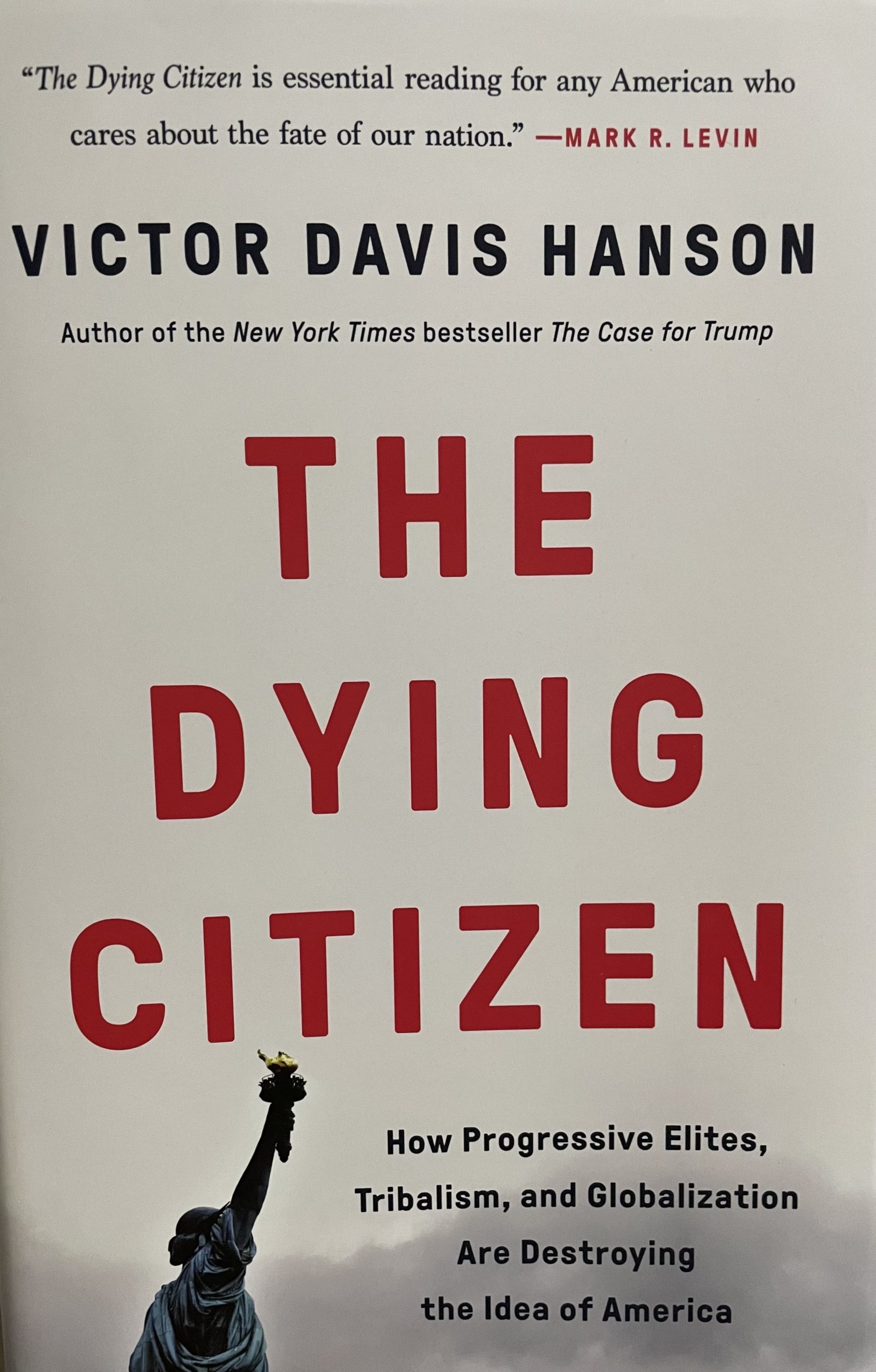A new extension of the 1960’s Students for a Democratic Society (SDS) has become more and more active on campuses since its resurrection in 2006. However, the “new” SDS, which is funded by the Movement for a Democratic Society (MDS), is influenced by many of the same 60s radicals who led the Weather Underground.
“Of the ‘action faction”’members who issued the ‘Weatherman’ treatise on June 18, 1969, were Karen Ashley, Bill Ayers, Bernardine Dohrn, John Jacobs, Jeff Jones, Gerry Long, Howard Machtinger, Jim Mellen, Terry Robbins, Mark Rudd and Steve Tappis,” wrote Cliff Kincaid, editor of Accuracy in Media, and Trevor Loudon, a New Zealand-based researcher and political activist, in a report released on March 12.
“Of these eleven key Weatherman members, six of them–Ayers, Dohrn, Jones, Machtinger, Rudd, and Tappis–would turn up nearly 40 years later in the MDS or Progressives for Obama network,” they write.
The fingerprints of Rudd, Dohrn, Machtinger and Ayers were found at the scene of the Weather Underground “Pine Street Bomb Factory” in March of 1971, according to declassified FBI documents.
“Inspection of the apartment yielded an amount of explosives and bomb making paraphernalia,” states page 384 of the Weather Organization Underground (WUO) FBI file.
WUO bombs usually contained metal fence staples, the speakers said. “This was an anti-personnel weapon designed to maim and kill people,” argued Kincaid.
Jim Petra, the first cop on the scene in 1970, described the injuries to other policemen at the station. “The Sergeant took shrapnel which consisted of barbed wire fence post staples through his eyes, throat and brain,” said Petra. “Officer Fogarty took 19 of the staples in his body, miraculously none of them hitting any vital organs but blinding him in one eye, an injury that ultimately led to his retiring on disability.”
The speakers at the press conference said they were “seeking justice” for Sergeant McDonnell, whose murder case was recently reopened.
“Since we announced this press conference I’ve heard from parents who have children at the University of Illinois at Chicago and who have been forced to undergo these lectures by Bill Ayers ‘on education’ and they’re horrified,” said Kincaid at the conference. A sampling of what Ayers thinks about education policy can be read here.
The
“On our campuses, we will prioritize workers’ rights, gender justice, affirmative action other and issues [sic] relevant to oppressed members of our communities,” reads the SDS web page. “We commit to changing the function of the university, to ensure that the university is not above the community but an accountable part of it, and to ensure respect for workers’ rights, for freedom of inquiry, and for the rights of students.”
In practice, the “new” SDS contains many of the old SDS initiatives, including an anti-war stance, socialist (if not communist) connections, and grassroots tactics like protests and sit-ins.
Loudon, also speaking at the press conference, said that since 2006 the new SDS “had a convention, they got a lot of people on board, and now they have more than 200 chapters in this country that were very active in the election campaign, particularly causing chaos at the Republican National Convention last year.”
As of this writing, SDS chapters around the nation can be connected to
• the “Funk the War” protests,
• a 2007 arrest of protesters in DC,
• the “storming” of CATO Institute in July 2008, according to an Indymedia article, and
• more recently, to the University of Rochester and New York University sit-ins calling for the divestment of school resources from Israel.
The latter call for divestment, new SDS members and other activists argue, is in response to the Israeli invasion of Gaza.
Bethany Stotts is a staff writer at Accuracy in Academia.











